The Philippine archipelago has a collection of over 7,000 islands, including the captivating Alaminos, located in the province of Pangasinan in Luzon. More than a hundred of the Philippines’ islands are part of Alaminos, attracting travelers and backpackers alike. Beach lovers, cave explorers, and campers are particularly drawn to these islands for their unique charms and many attractions. Here’s everything you need to know about the hundred islands of Alaminos before your trip!
Introduction
Alaminos, a picturesque city in the Philippines, is situated in the western part of the province of Pangasinan in Luzon, the country’s largest and most populous island. Its geographic location is a key highlight, as it lies along the coast, providing easy access to the national Park, a major attraction in the region. This proximity to both land and sea makes Alaminos an ideal gateway for exploring the rich cultural heritage of Pangasinan, as well as the natural beauty of the Philippine archipelago. The Alaminos Hundred Island National Park has 123 islands during high tide and 124 islands during low tide. Each island has its own charm and character.
The islands are believed to be 2 million years old, and each one is developed meticulously for local and international tourists. As of today, there are 4 developed islands, the rest are untouched while 30 of them are only named. The islands are spread across about 1,860 hectares of land area in Alaminos, Pangasinan. During low tide, you’ll be able to see island surfaces shaped like umbrellas providing shade to the waters below.
The Must-see Developed Islands of Alaminos
There is a lot to see in the Alaminos islands and knowing the islands’ names are a huge help in navigating your trip. Some of the most famous ones are Marcos Island, Governor’s Island, Quezon Island, Children’s Island, and Pilgrimage Island.
Each has their own unique landmark or trait, for instance: Governor Island is known for its panoramic views from the peak, and the Imelda cave is named after a former first lady of the Philippines.
Aside from the developed islands, there are a couple of islands that you might want to visit like the Cathedral Island where you will see a small cave dome with the statue of the Virgin Mary inside, and Cuenco Island where you will be able to enter Cuenco Cave, which goes through the other side of the island and is rich in limestones.
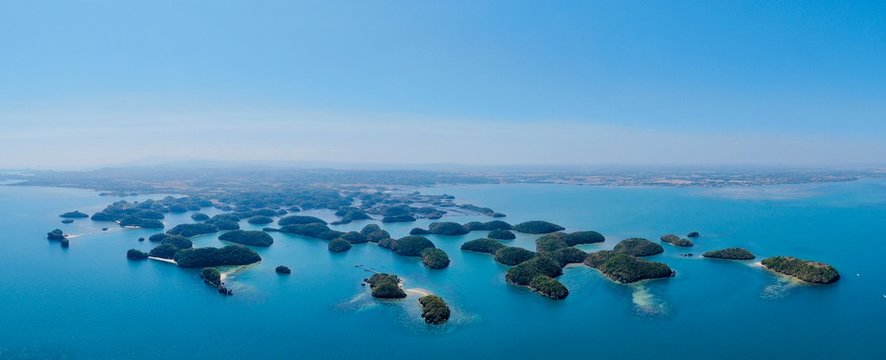
How to get to Alaminos?
To reach the Alaminos you can travel by land from Manila to Alaminos City, which takes approximately 5-6 hours depending on traffic conditions. From Alaminos City, you can access the Hundred Islands National Park by renting a boat from Lucap Wharf, the starting point for island hopping.
Lucap Wharf is the primary jump-off point for island hopping tours to the Hundred Islands National Park in Alaminos, Pangasinan, Philippines. It is a bustling waterfront area located in Barangay Lucap, just a short distance from the city center of Alaminos. The wharf serves as the main hub for boat rentals and tours, allowing visitors to easily access and explore the numerous islands and islets of the Hundred Islands.
There are boat rental offices where you can negotiate the rates and select the type of boat you’d prefer for your island-hopping tour. The boats available for rent include small outrigger boats, known as “bangkas,” which are ideal for small groups, as well as larger motorized boats that can accommodate more passengers or if you want your tour to be more comfortable.
Aside from boat rentals, you can find several kiosks and stalls offering local snacks, refreshments, and souvenirs. It’s also a great place to buy seafood, particularly fresh shellfish, which is the specialty of the region. Many visitors enjoy sampling local delicacies and enjoying a meal by the waterfront.
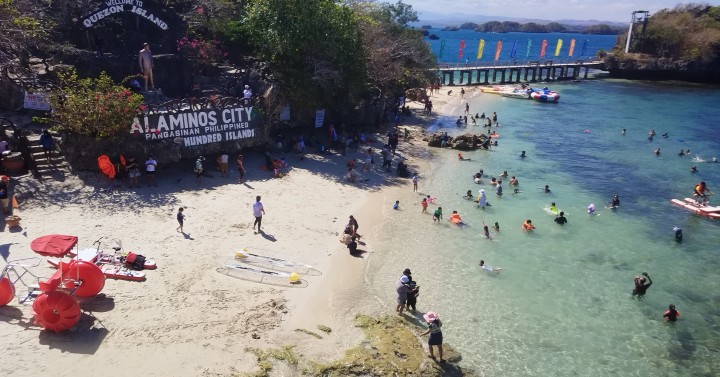
What you can explore
Island hopping is the most popular activity in the destination. You can rent a boat from Lucap Wharf and explore the different islands and islets. The boatmen can take you to various islands with beautiful beaches, crystal-clear waters, and unique features like caves and rock formations. You can spend time swimming, snorkelling, or simply relaxing and sunbathing on the beaches.
Snorkelling and Scuba Diving. Exploring the Alaminos Hundred Islands reveals a world rich in marine life, a true underwater spectacle. It’s not just about the stunning views; these islands are a sanctuary for many sea creatures. Snorkelling and diving enthusiasts can experience and immerse themselves in the fascinating world underwater that the Alaminos Hundred Island can provide. Get ready to see coral reefs, butterfly fish, angel fish, clams, and more.
Cliff Jumping and Ziplining. For thrill seekers and adrenaline junkies, there are opportunities for cliff jumping and ziplining. Some islands have designated areas where you can leap into the water from elevated platforms or cliffs. Additionally, you can experience an exhilarating zipline ride soaring above multiple islands and enjoying panoramic views of the archipelago.
Cave Exploration. Some islands have fascinating caves waiting to be explored. You can go on guided tours to explore these caves, marvel at unique rock formations, and learn about their geological features. On Marcos Island, the Marcos Cave, known for its stalactites and stalagmites, is a popular cave for travelers to explore.
Camping and Picnicking. Several islands in the Hundred Islands National Park offer camping facilities and picnic areas. You can bring your camping gear or rent tents on-site. Spending a night on one of the islands is a unique experience, allowing you to enjoy the tranquility of nature, stargazing, and waking up to breathtaking island views. Picnic areas are also available for day visitors who prefer a leisurely outdoor meal.
Kayaking and Paddleboarding. Renting a kayak or paddleboard is a great way to explore the islands at your own pace. You can navigate through calm waters, explore hidden coves, and get closer to the natural wonders around you. Kayaking and paddleboarding offer a different perspective of the islands and allow for a more intimate experience with the surroundings.
Explore the Local Culture. Apart from the exhilarating activities, immersing oneself in the local culture and traditions is an integral part of any travel experience. The Alaminos provide a glimpse into the indigenous communities’ way of life, offering visitors a chance to connect with the local people.

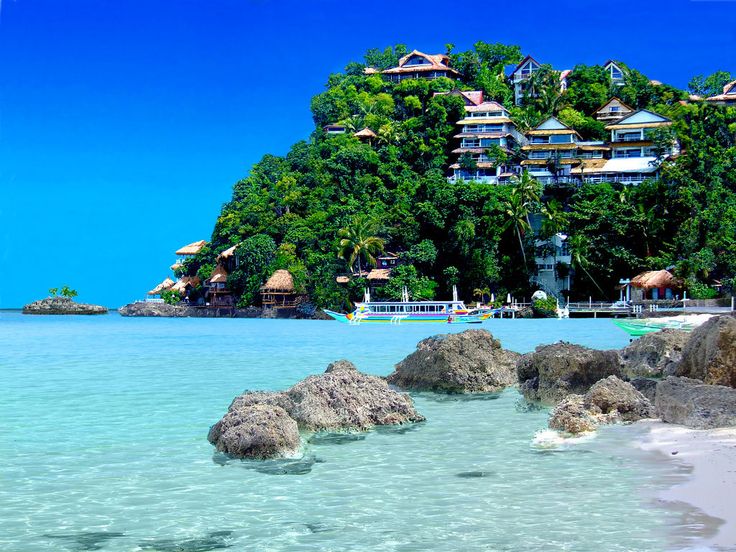

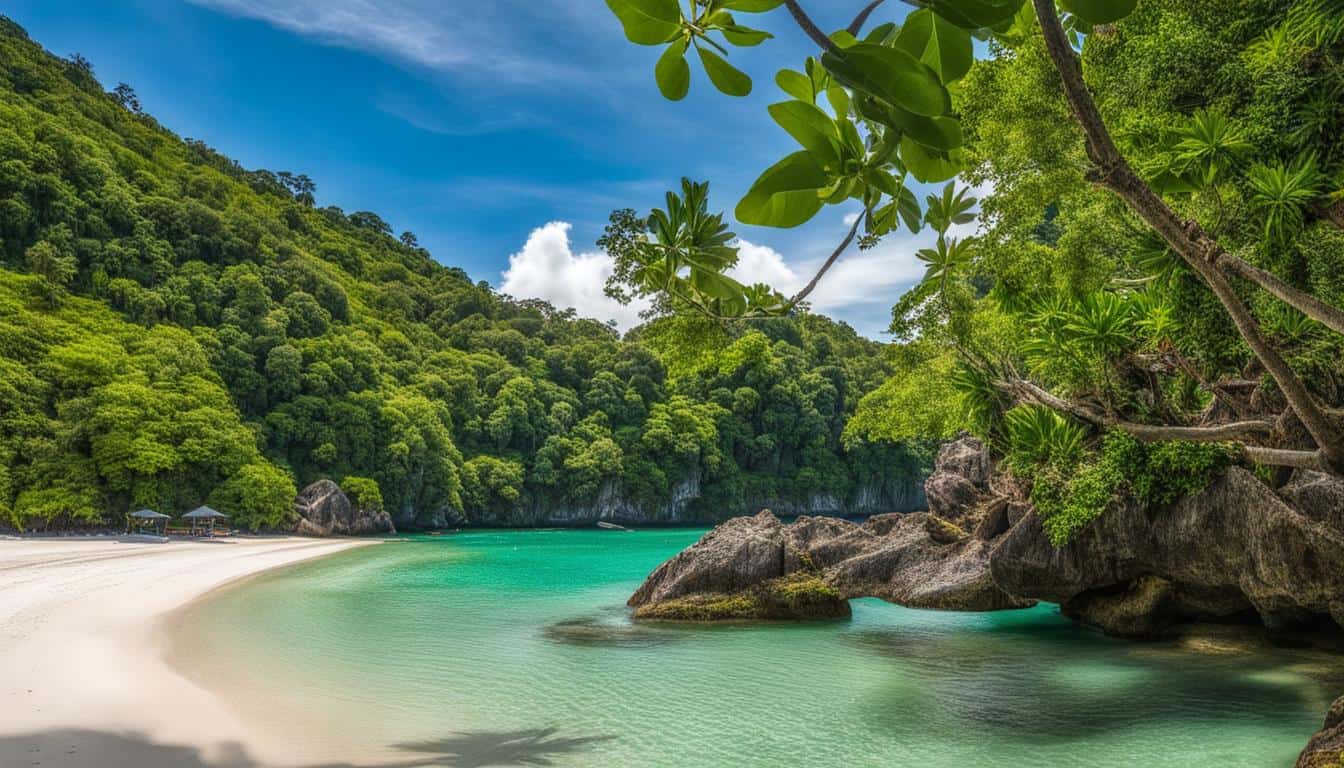

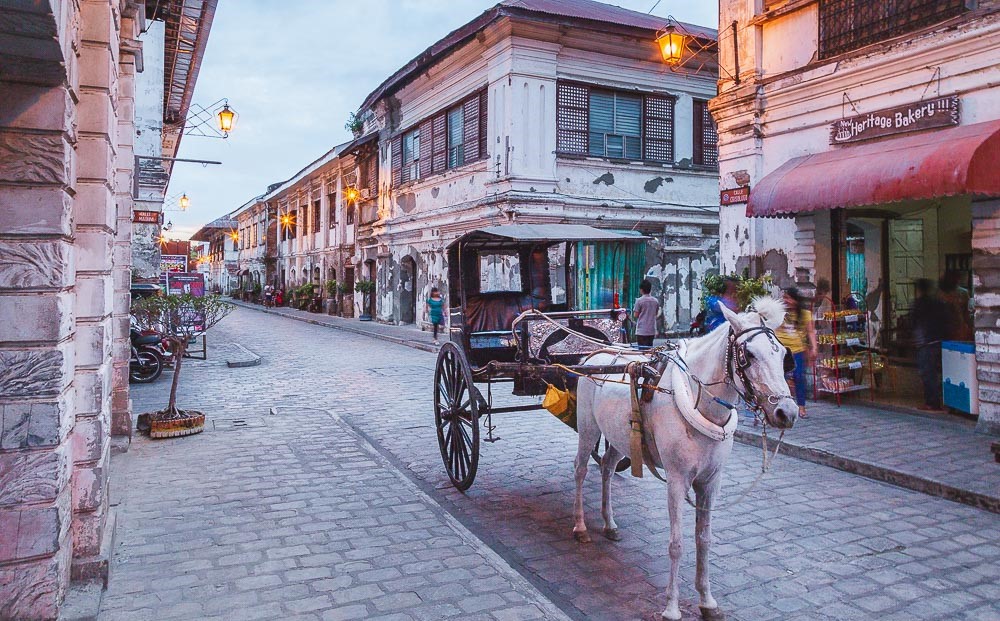
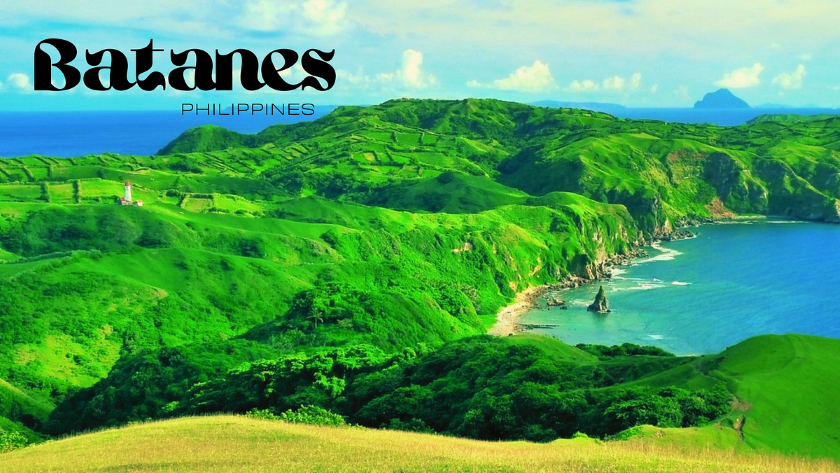
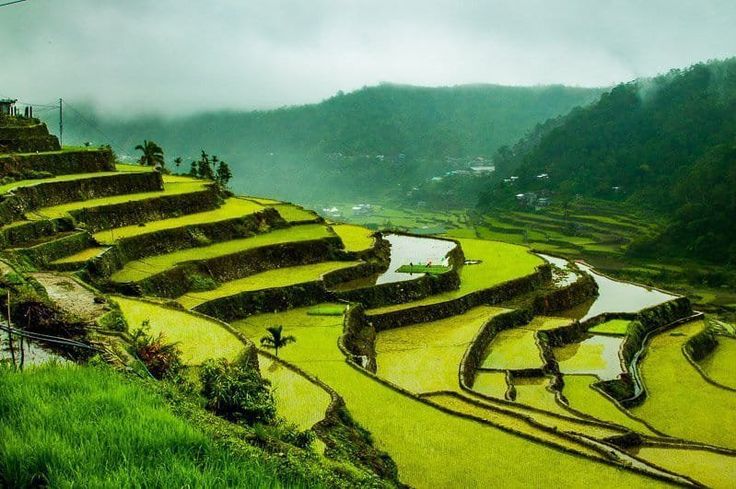

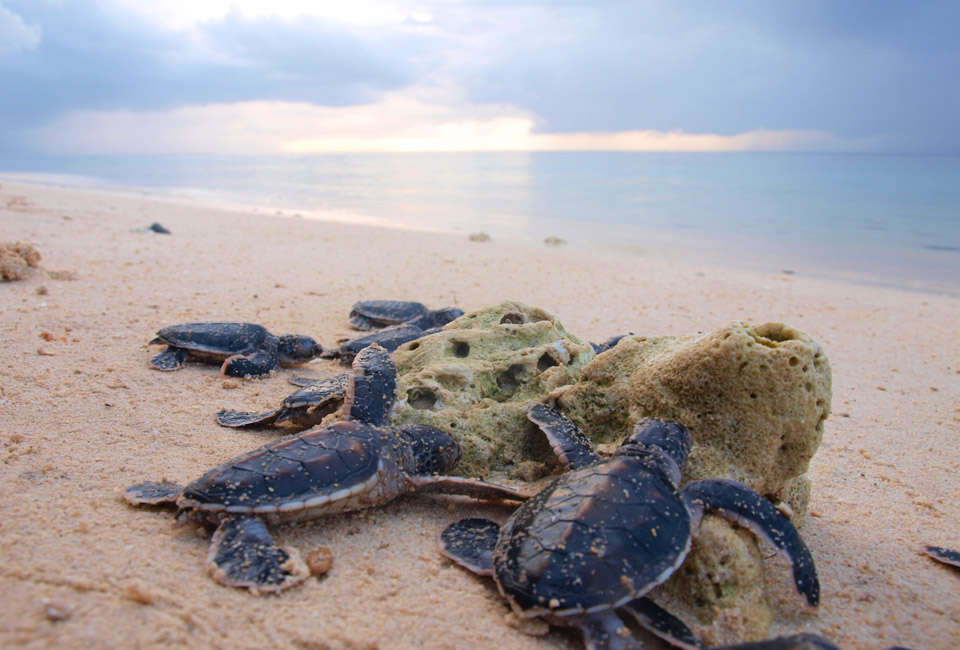

Leave a Reply